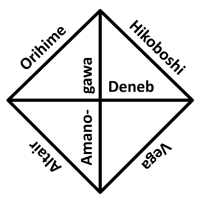 The fourth movie was finally made and finally shown! Thank you Hideaki Anno, for finishing your rebuild, and Amazon Prime, for letting us easily see all four.
The fourth movie was finally made and finally shown! Thank you Hideaki Anno, for finishing your rebuild, and Amazon Prime, for letting us easily see all four.
Full of battles between giant robots and kaiju called angels, full of teenage, human, and non-human emotional struggles, and full of signature Evangelion nonsense, about midway I was getting a bit unhappy with it. But as it coming to a close I thought that this was indeed a good ending.
So what does “Thrice Upon a Time” mean? That this is the third ending? First for the series, second for the movies after the series, and thirdly for the rebuilt movies? And what does the designation “3.0+1.0” mean? Three movies plus one more?
Further Reading:
https://www.cnet.com/news/anime-epic-evangelion-gets-a-worthy-conclusion-heres-the-ending-explained/
https://www.indiewire.com/2021/08/evangelion-thrice-upon-a-time-review-1234658228/
https://www.polygon.com/22627444/watch-evangelion-franchise-amazon-netflix
https://en.wikipedia.org/wiki/Evangelion:_3.0%2B1.0_Thrice_Upon_a_Time
<>








